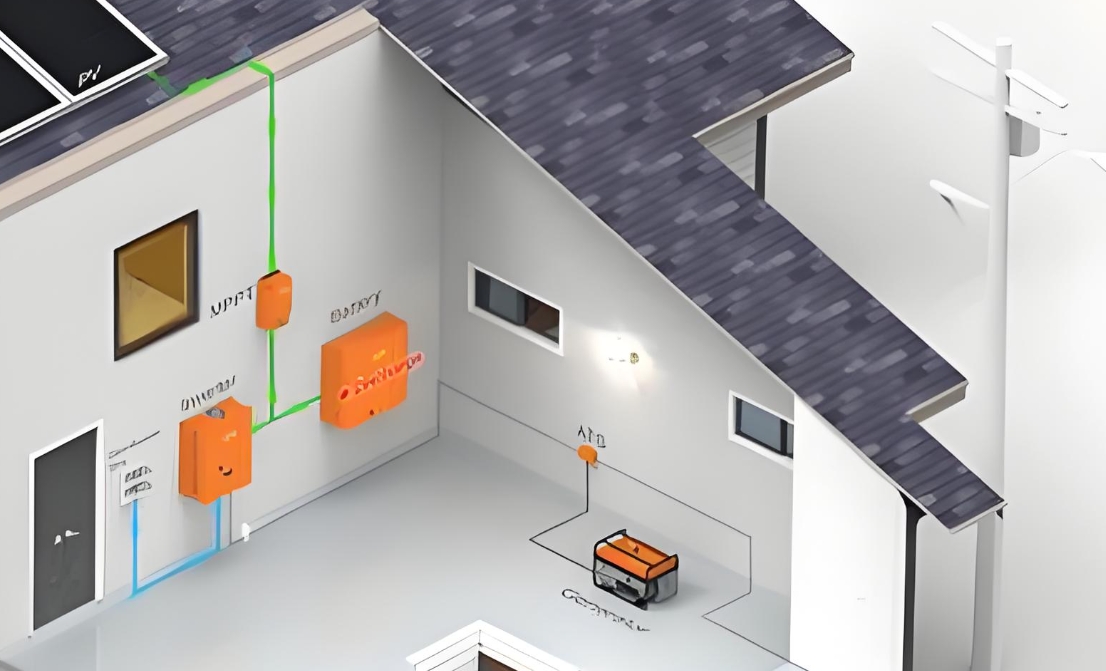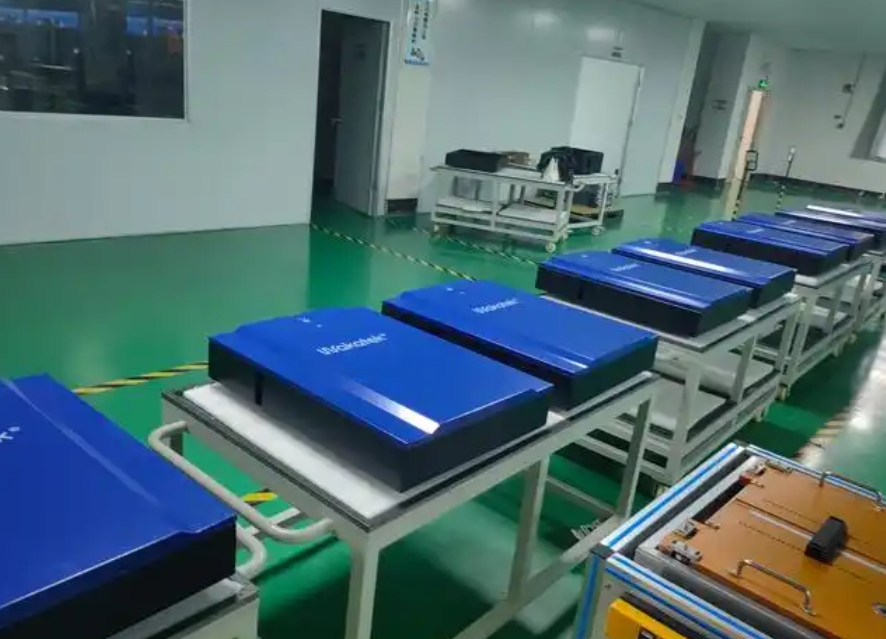battery energy system
A battery energy system (BES) represents a pivotal technology in modern renewable energy infrastructure. Here's an overview encompassing its core components, operational principles, and significance within the energy sector.
Battery Energy System (BES)
A BES integrates batteries with energy management systems to store, manage, and distribute electrical power. It's crucial for balancing supply and demand, enhancing grid reliability, and integrating renewable sources like wind and solar.

Core Components
Batteries: Lithium-ion, sodium-sulfur, and flow batteries are common types, each offering unique benefits in terms of energy density, lifespan, and cost.
Energy Management System (EMS): Monitors grid conditions, controls charging/discharging, and optimizes battery performance and lifespan.
Power Conversion Systems: Inverters and DC/DC converters facilitate the conversion of battery power to grid-compatible forms.
Operational Principles
During periods of high energy production (e.g., sunny days), excess power from renewable sources charges the batteries. Conversely, during peak demand or low production, the batteries discharge to supply power, thus stabilizing the grid.
Significance
Grid Reliability: By providing a buffer against supply fluctuations, BESs enhance grid stability and reduce the risk of blackouts.
Renewable Integration: They enable the effective integration of intermittent renewable energy sources, facilitating a transition to cleaner, more sustainable power grids.
Economic Benefits: Through demand response, energy arbitrage, and peak shaving, BESs can offer economic savings for consumers and utilities.
In conclusion, battery energy systems are indispensable for modernizing energy infrastructure, integrating renewable sources, and ensuring grid reliability. Their evolving technology and decreasing costs promise even greater benefits in the future.


